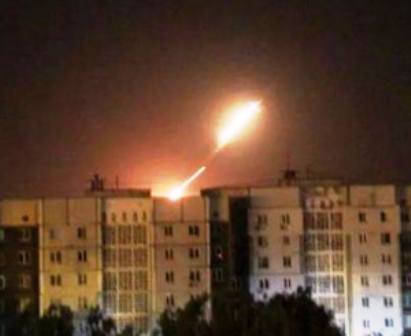В ООН признали, что боевики прячутся за спинами мирных жителей (Документ)

Незаконные вооруженные формирования на Донбассе концентрируют военную технику в жилых районах, подвергая опасности мирных жителей.
Об этом говорится "в отчете ООН по ситуации с правами человека в Украине", который охватывает период с 16 ноября 2015 по 15 февраля 2016.
“Украинские вооруженные силы по-прежнему занимают позиции недалеко от городов и поселков, в то время, как (незаконно - "ОстроВ") вооруженные группы продвигаются вглубь жилых районов, что создает дополнительную угрозу для местного населения. Риск эскалации военных действий остается высоким”, - говорится в докладе.

В пятом пункте общих выводов к отчету эксперты ООН констатируют, что боевики прячутся за спинами мирных жителей
Источник: "Остров"
Підписуйтесь на наш Telegram канал, щоб знати найважливіші новини першими. Також Ви можете стежити за останніми подіями міста та регіону на нашій сторінці у Facebook.









Коментарі
have fled their homes as a result of the conflict. Between 800,000 and 1 million IDPs are
living in territories controlled by the Government, where some continue to face
discrimination in accessing public services. OHCHR has observed that some IDPs are
returning to their homes, while others are unable to do so due to the destruction or military
use of their property. According to government sources in neighbouring and European
Union countries, over 1 million Ukrainians are seeking asylum or protection abroad, with
the majority going to the Russian Federation and Belarus 6
have fled their homes as a result of the conflict. Between 800,000 and 1 million IDPs are
living in territories controlled by the Government, where some continue to face
discrimination in accessing public services. OHCHR has observed that some IDPs are
returning to their homes, while others are unable to do so due to the destruction or military
use of their property. According to government sources in neighbouring and European
Union countries, over 1 million Ukrainians are seeking asylum or protection abroad, with
the majority going to the Russian Federation and Belarus 6 .